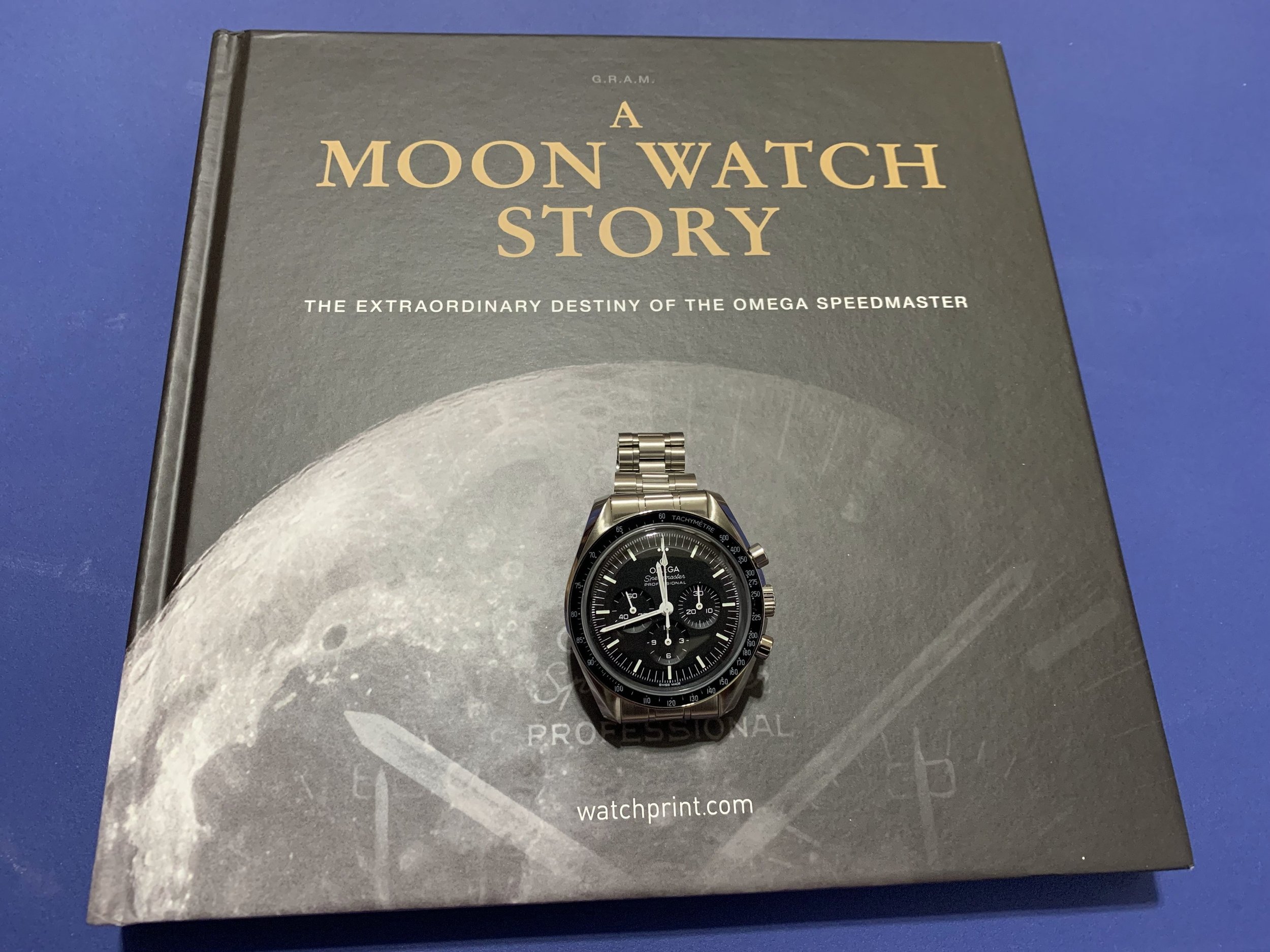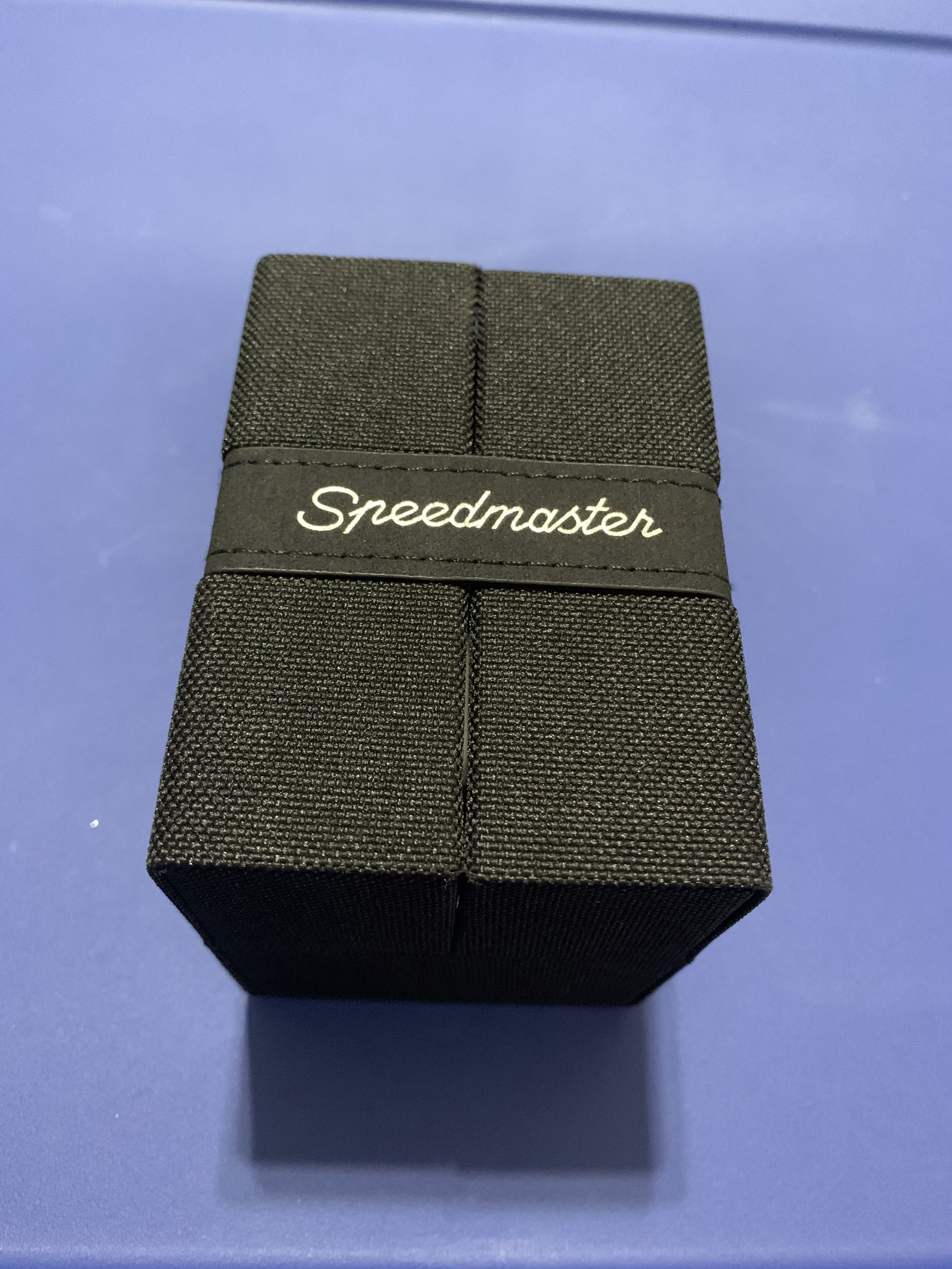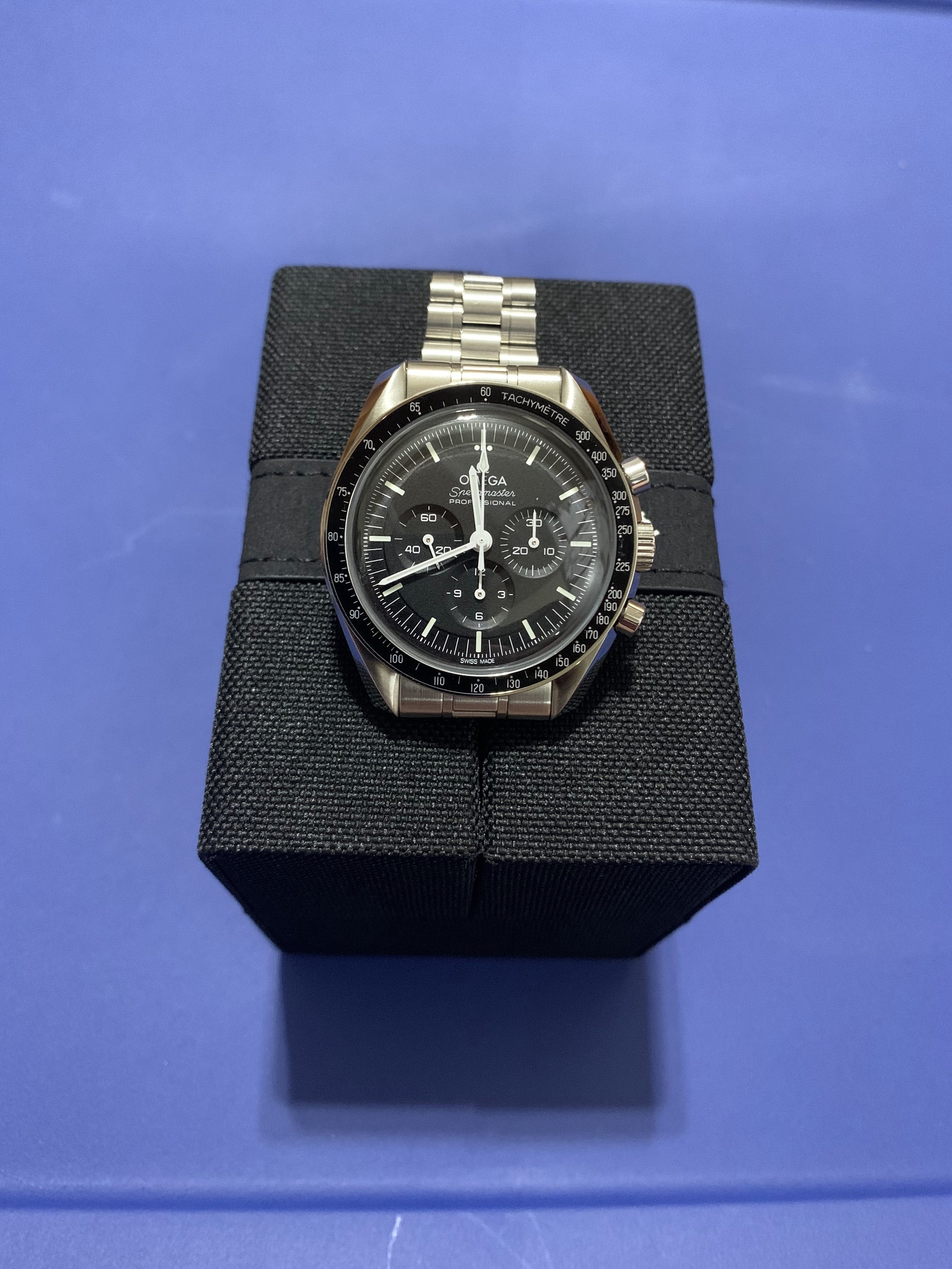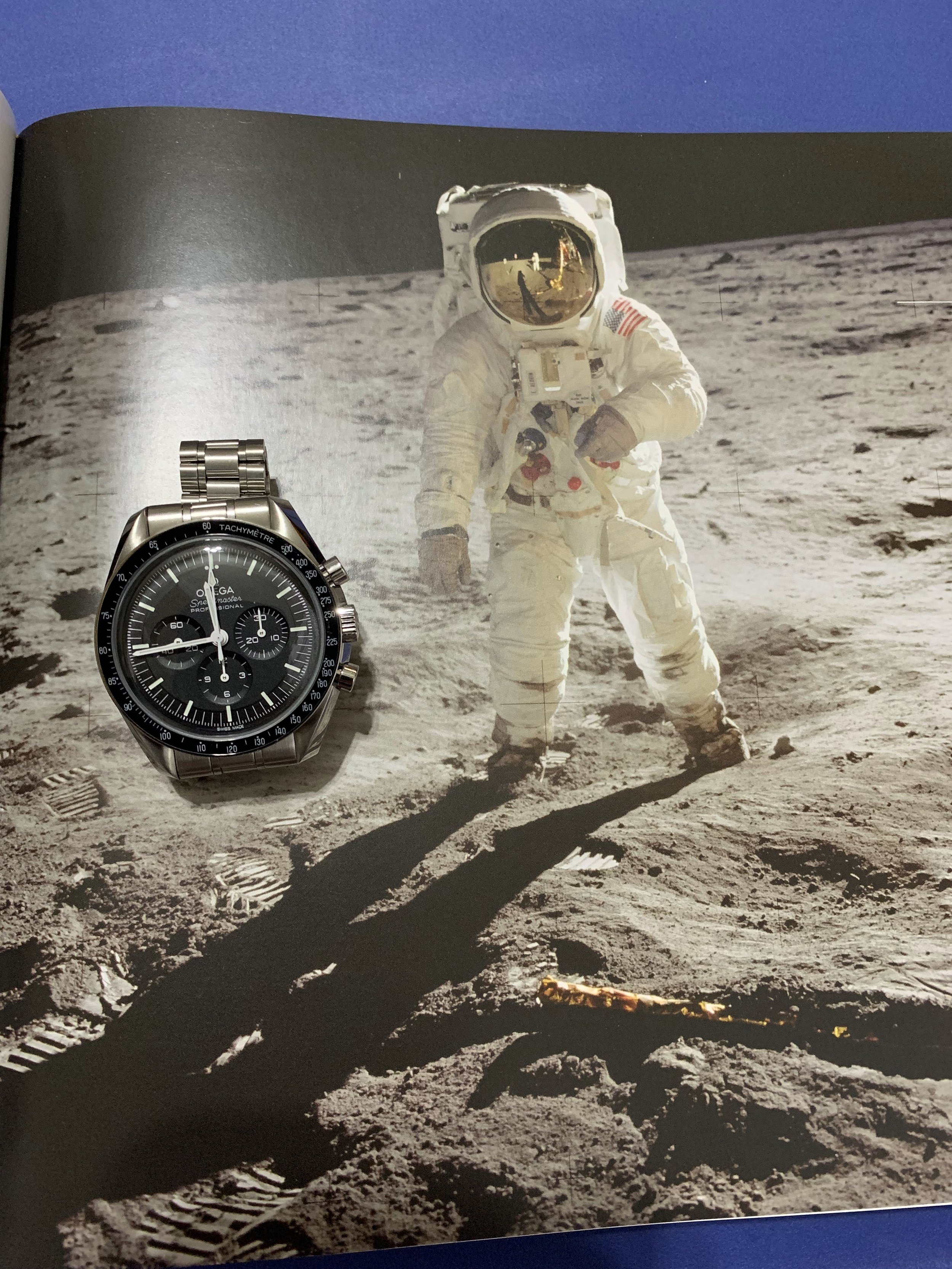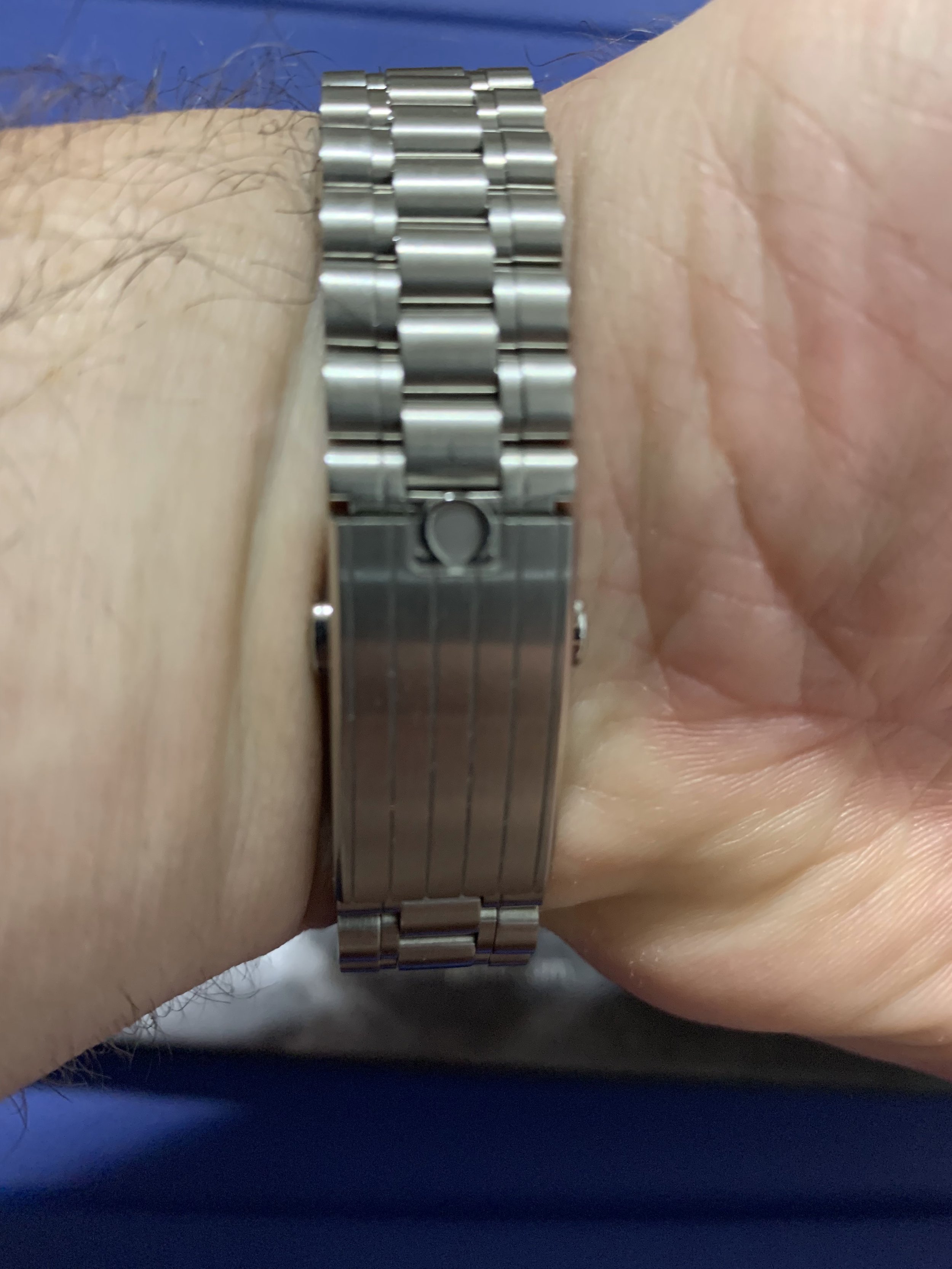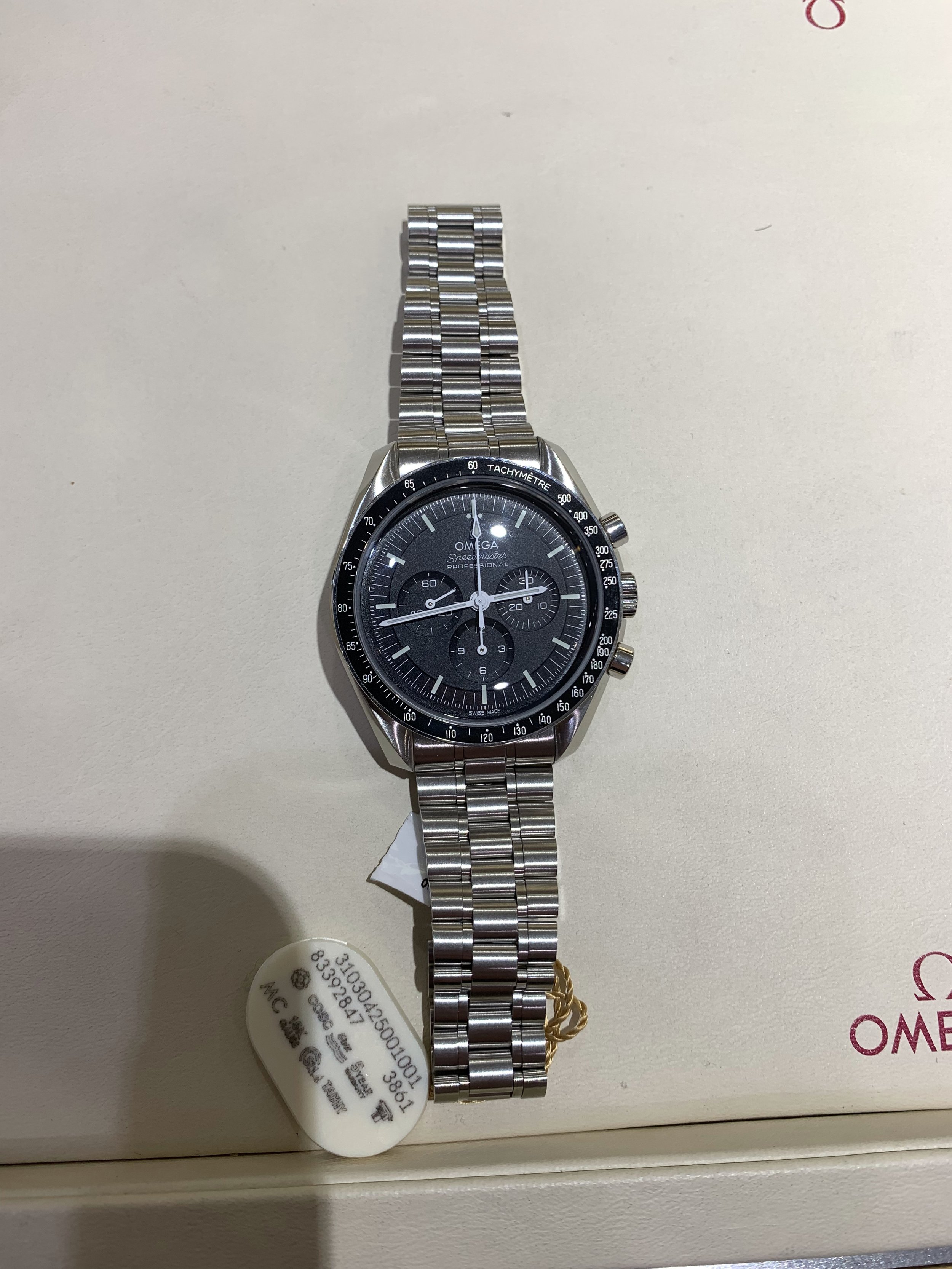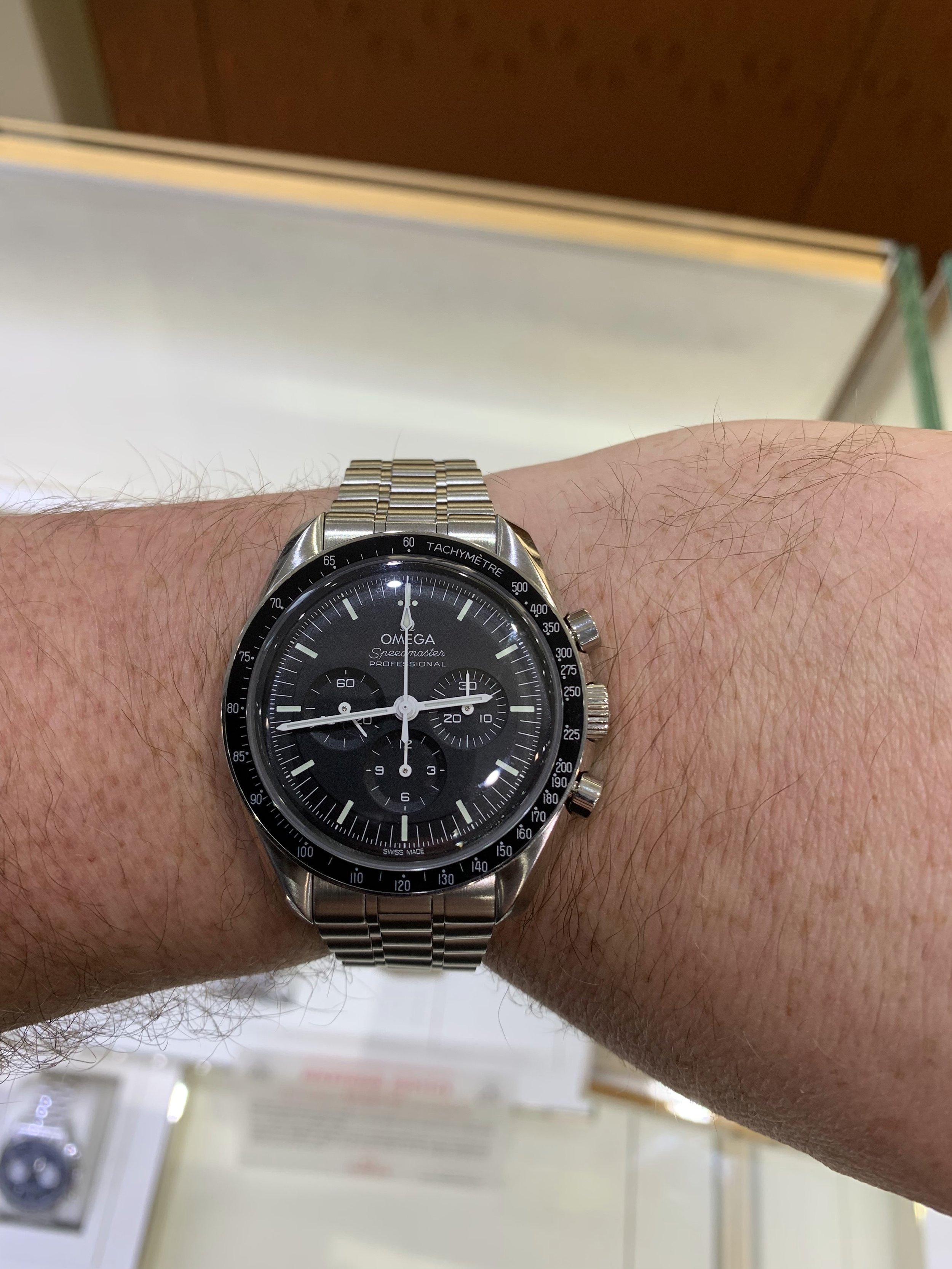Omega Speedmaster: First Watch on the Moon
On July 20th 1969 Edwin Eugene “Buzz” Aldrin Jr. became the second man to walk on the moon. Although he’ll forever be known as number 2, on his right wrist he carried a trust first for mankind, the first watch on the moon. The Omega Speedmaster. The Speedmaster’s history with space began on October 3rd 1962 during the Sigma 7 mission of the Mercury program, when astronaut Wally Schirra chose to wear his personally owned Speedy for trip into space.
Later that year NASA would solicit bids from several high-end watch manufacturers to select an official timepiece for the space program. Watches were submitted by Breitling, Rolex, Omega and others, but following an intensive battery of torture tests only the Speedmaster was left standing. On March 23rd 1965 astronauts Gus Grissom and John Young launched into space aboard Gemini 3 wearing the first officially “Space Flight Qualified” Speedmasters. The Gemini 4 mission would see Ed White perform America’s first “Spacewalk” with yet another Speedy on his wrist.
Although 11 of the 12 men to walk on the moon did so with a Speedmaster, Omega’s greatest moment in space travel would come with the only failed mission of the Apollo program, Apollo 13. Following a catastrophic failure of the craft’s power-plant astronauts Lovell, Swiger, and Haise would be forced to power down all their craft’s electrical systems including their guidance computer. Space travel requires incredibly precise engine burns, and so Apollo 13’s trans-Earth injection burn as well as a late-mission course correction burn were timed via one of the astronaut’s Speedmasters. Following the mission NASA would award Omega with their coveted “Silver Snoopy” award in recognition of the timepiece’s critical role in bringing the astronauts home safely (Charles Schultz’s Snoopy character was NASA’s un-official mascot).
53 years after man took his first steps on another celestial body, the Speedmaster remains the only watch qualified by NASA for extravehicular activities. This means that if you see an astronaut floating outside of the International Space Station, they’re doing so with a Speedy on their wrist.

